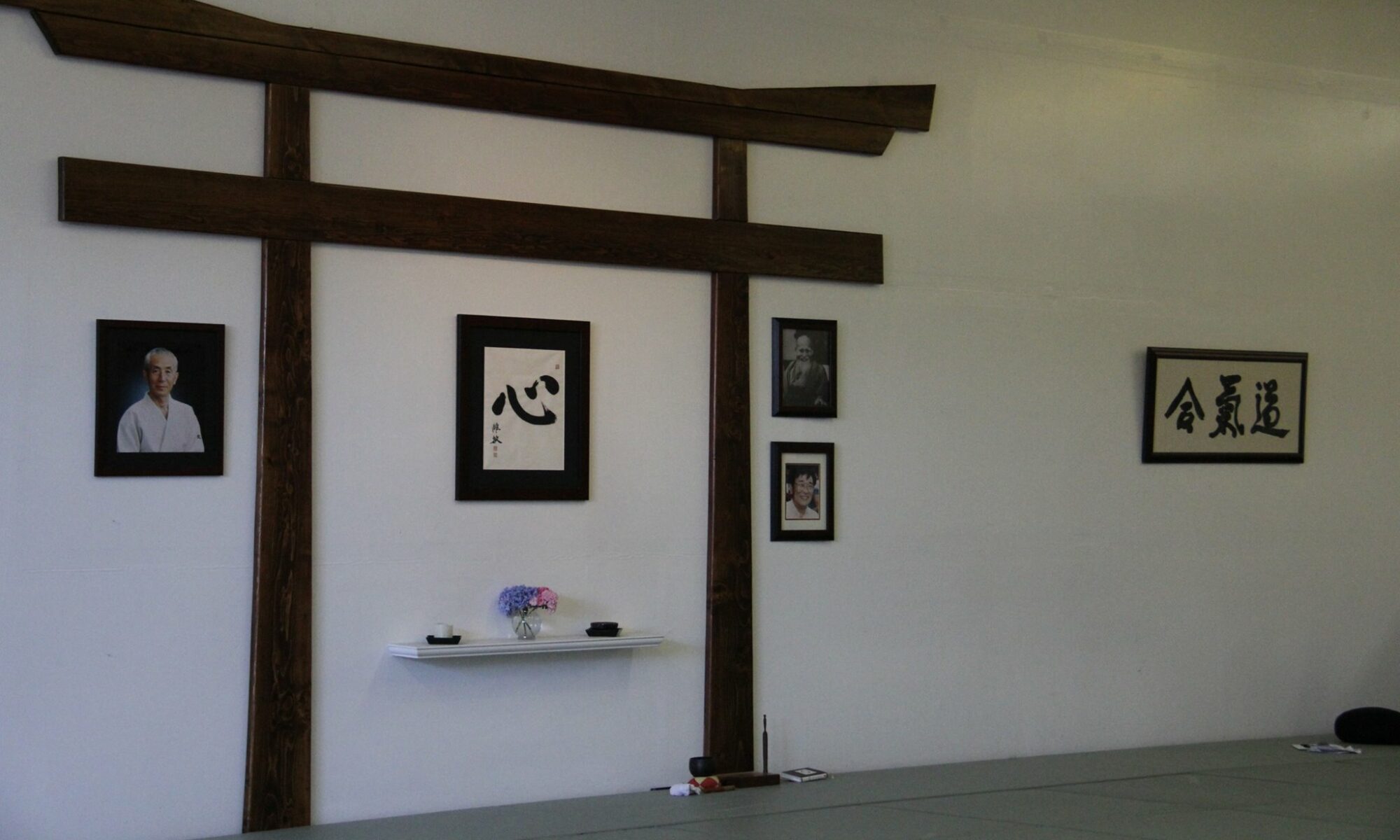At the end of last month, I had an amazing opportunity to spend 12 hours physically exhausted and pretty much miserable…
For background, my dad is a 74-year-old and decided that he was going to do an endurance event called a GORUCK Tough challenge. These events are developed by military special operations veterans who provide a 12-hour long event that’s patterned after military special operations training. So naturally, if he’s going to do something that crazy, I figured I’d better do it with him.
The whole thing began at 10:00 at night in Spokane, Washington. It started with a lot of jumping jacks, push-ups, sit ups, and other such things. After some of that, everyone donned 30-40-pound packs and spent the night walking long distances with that weight and doing more physical training, at regular intervals.
These events are designed to break people down physically and force them to do two things, push beyond physical limits and work as a team. In fact, this was the type of thing that Aikido training prepares one for. Those situations where a practitioner must access the energy of the universe and allow it to flow through them in order to be successful. These are the times when the ego must simply be overcome and pushed to the side and being in harmony with the team is essential for success.
As we practice at Aikido Olympia, we need not think about testing ourselves in this way but we should acknowledge that there may be times in our lives when we need to call upon our ability to breath, relax, and find our center when we have little physical strength left to contribute. As the Aikido Yuishinkai motto says “…even if my body suffers physically, my mind remains optimistic. Even if I encounter obstacles, my mind is never defeated…”
The rest of the story, all of the participants had to face failure, all of them had to acknowledge that they no longer had the physical ability to keep going, and all of them embraced and supported each other until 10:00 the next morning when everyone (even the 74 year old guy) finished the event in harmony with each other.
By Nate Weed

